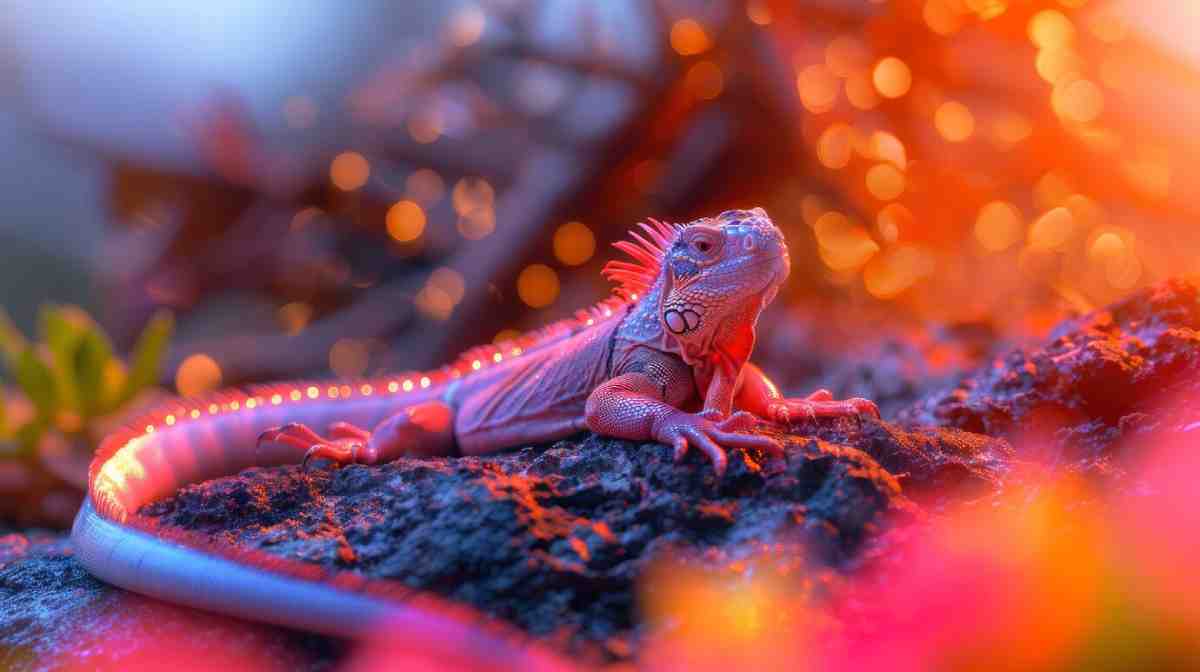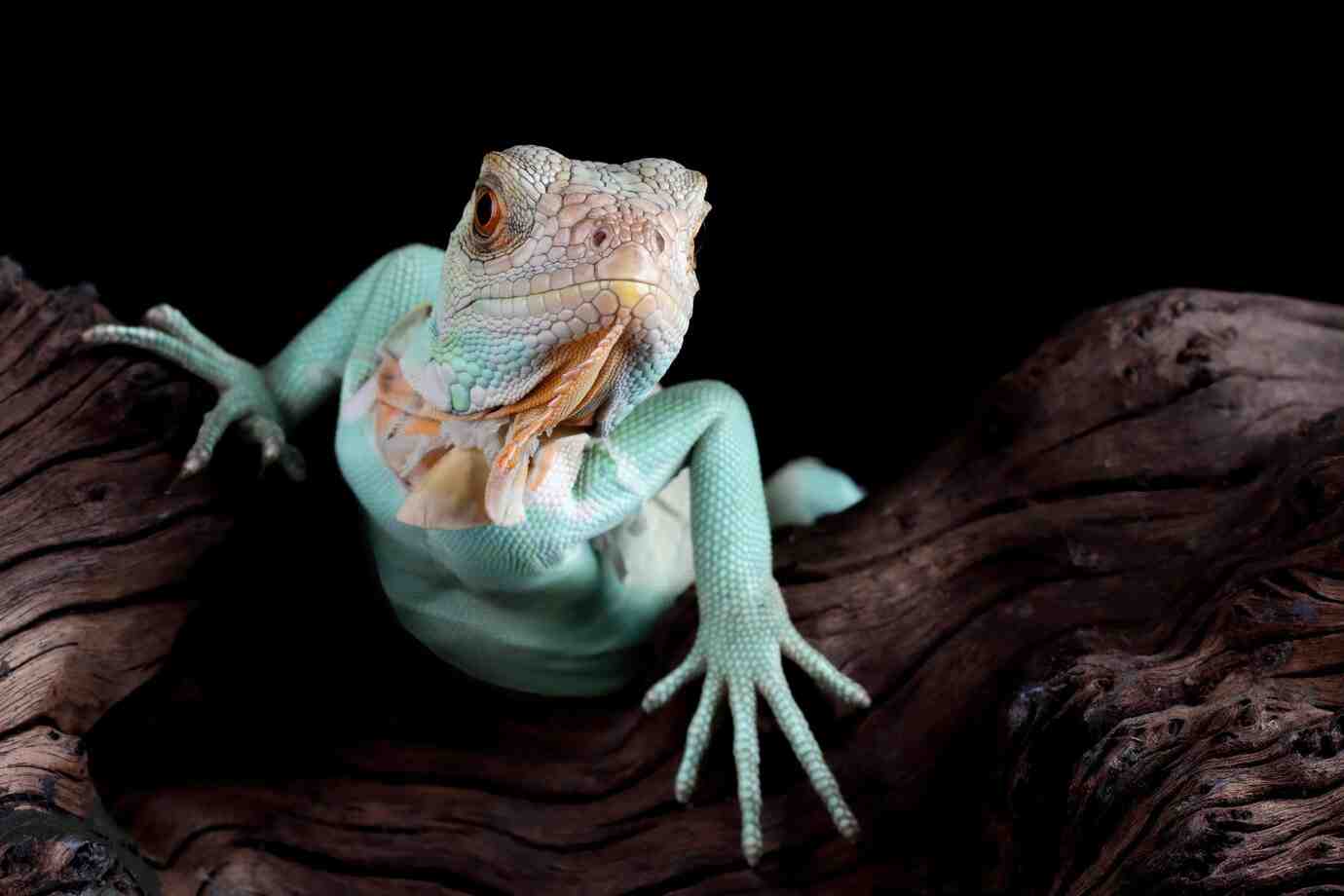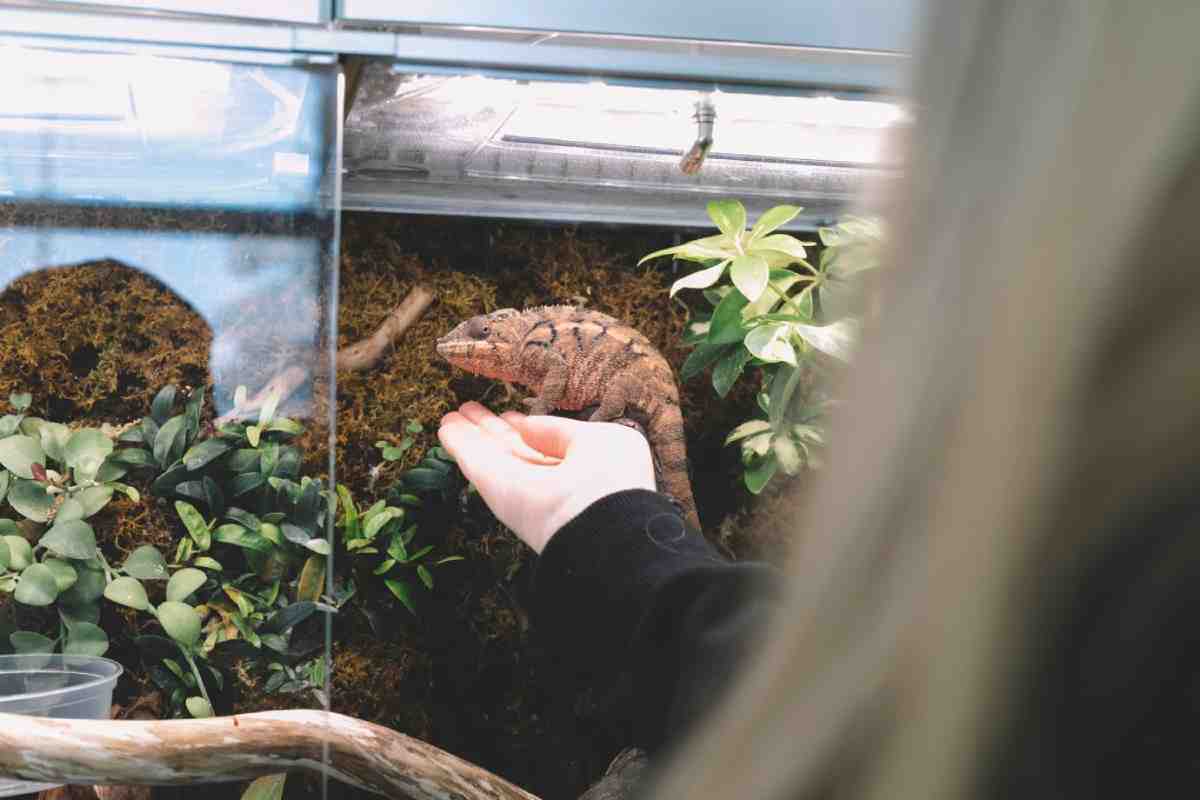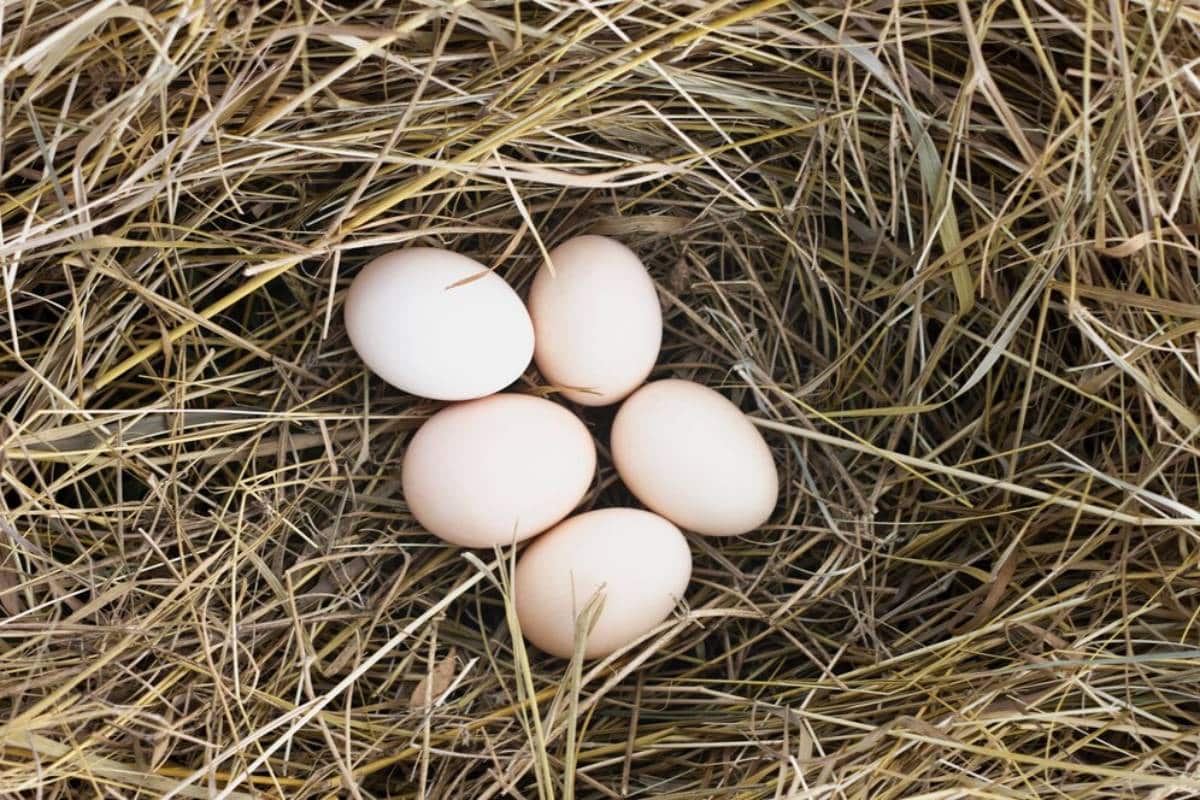
Egg Laying and Incubation Tips for Reptiles
Breeding reptiles is an incredible experience, but it comes with responsibilities. Once your reptile lays eggs, the real work begins. Proper care during the egg stage can mean the difference between healthy hatchlings and failed clutches.
This guide covers key tips for reptile reproduction. You will learn how to spot and handle a gravid reptile. Also, it includes the best practices for incubating reptile eggs. Whether you have geckos, snakes, or lizards, this guide helps you care for reptile eggs. It also prepares you for healthy hatchlings.
Understanding Reptile Reproduction
Reptiles reproduce either by laying eggs (oviparous) or giving birth to live young (viviparous). In this article, we’ll focus on oviparous species — such as geckos, bearded dragons, corn snakes, and turtles.
How to Know When Reptiles Are Ready to Breed:
- They’ve reached the proper age and weight
- You’ve confirmed one is male, one is female
- Their health is excellent (no parasites, eating well)
- You’ve provided proper seasonal cues (if required by species)
Successful breeding begins with healthy, mature animals and excellent husbandry.
Signs Your Reptile Is Gravid (Carrying Eggs)
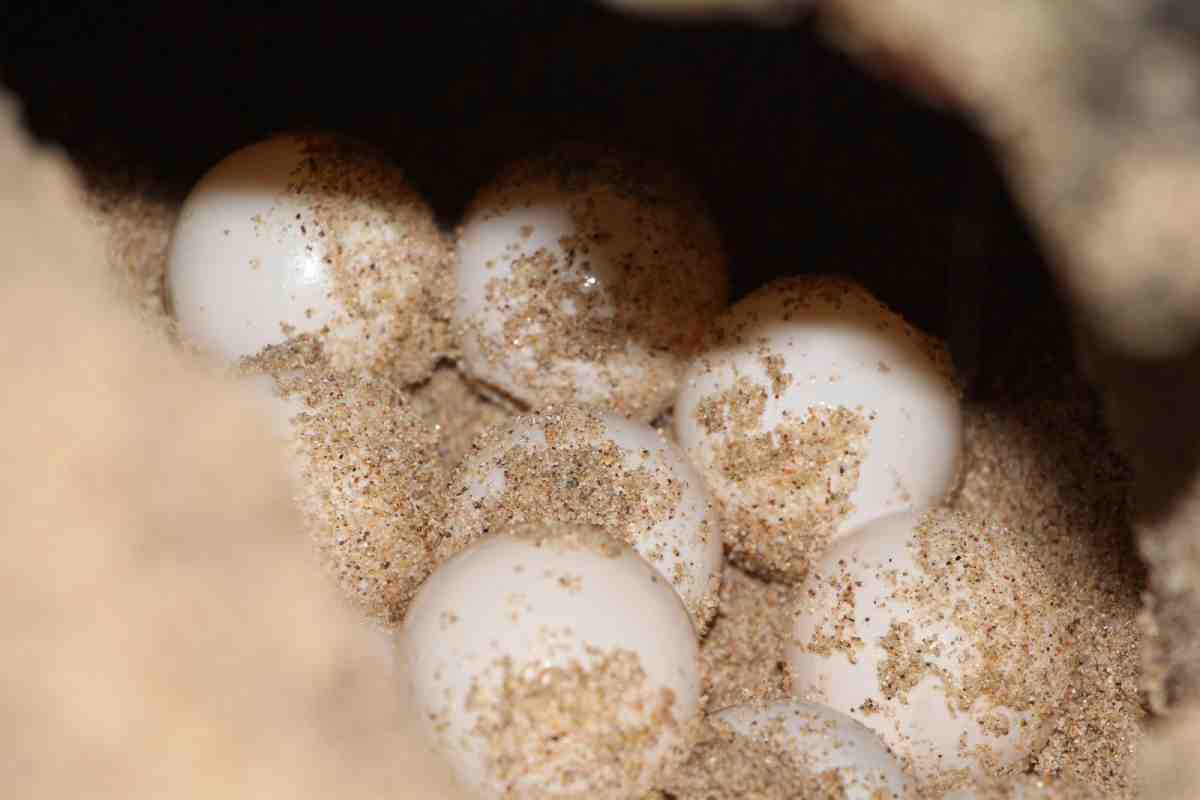
Once mating has occurred, the female may become gravid. Recognising this stage early helps you prepare the enclosure and laying site.
Common Signs of Gravid Females:
- Swollen abdomen or visible egg outlines
- Reduced appetite or refusal to eat
- Restlessness or frequent digging
- Spending time in warm or moist areas
- Unusual behaviour or increased hiding
Tip: Some species lay eggs even without a male — so watch for signs even if your reptile lives alone.
Preparing a Lay Box
Before your reptile lays, offer a dedicated lay box to reduce the chance of egg binding (a dangerous condition where a female cannot lay).
How to Set Up a Lay Box:
- Use a small plastic tub with a hole cut in the side
- Fill with damp substrate (vermiculite, sphagnum moss, or soil)
- Keep it moist but not soaked — eggs must not sit in water
- Place it in the warm end of the enclosure
Your reptile should be able to dig, turn around, and lay comfortably in the box.
Collecting and Handling the Eggs
Once your reptile lays, the eggs will usually be in the lay box — sometimes buried. Handle them gently and only when necessary.
Guidelines for Handling Reptile Eggs:
- Wash your hands first or wear gloves
- Use a soft brush or fingers to uncover buried eggs
- Do not rotate the eggs — their position must be preserved
- Place them in the incubator in the same orientation as found
- Label each egg with date and clutch info using a pencil
Rotating reptile eggs can cause embryo death, especially in species like snakes and geckos.
Setting Up an Incubator
A reliable incubator is essential for successful reptile egg incubation. You can buy a commercial model or make your own using a plastic tub and a thermostat-controlled heat source.
Incubation Setup Checklist:
- Stable heat source (incubator or heat mat with thermostat)
- Plastic container with ventilated lid
- Moist incubation medium (vermiculite, perlite, or HatchRite)
- Digital thermometer and hygrometer
- Eggs placed in shallow indentations in the substrate
Most reptile eggs incubate best between 80°F to 88°F (26–31°C) and 70–90% humidity , depending on species.
Temperature and Sex Determination
In some reptiles (like geckos and turtles), the incubation temperature affects the sex of the hatchlings.
- Lower temps = more females
- Higher temps = more males
- Mid-range = mix of both
Example (Leopard Geckos):
- 80°F: Mostly females
- 85°F: Mixed
- 90°F: Mostly males
Note: This does not apply to all species — check your species’ specifics before planning incubation temperature around sex ratio.
Monitoring and Maintaining the Incubator
Daily monitoring is key to caring for reptile eggs successfully.
Monitor For:
- Temperature consistency
- Humidity level (adjust by adding or removing water)
- Mould (remove affected eggs and adjust airflow)
- Collapsed or discoloured eggs (may not be viable, but don’t remove too early)
Avoid opening the incubator too often — sudden changes in temperature or humidity can harm developing embryos.
Incubation Timelines by Species
| Species | Incubation Time (approx.) |
| Leopard Gecko | 35–60 days |
| Bearded Dragon | 50–80 days |
| Corn Snake | 55–65 days |
| Ball Python | 55–60 days |
| Crested Gecko | 60–90 days (can vary) |
Keep in mind that cooler temps extend incubation time, while warmer temps shorten it.
When Eggs Begin to Hatch
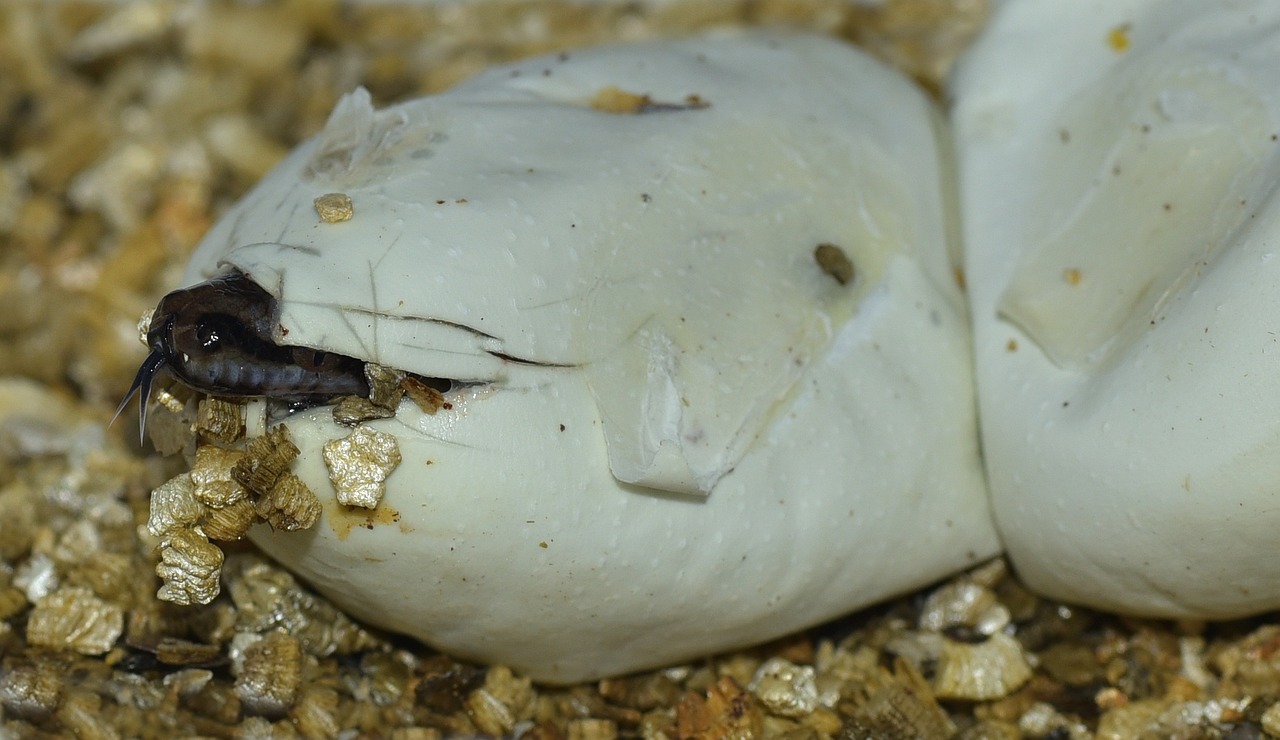
As hatch time approaches, you may notice:
- Dimpling or slight denting of the eggs
- Hatchlings “pipping” (cutting a small slit in the shell)
- Movement inside the egg or peeping sounds (in rare cases)
What to Do:
- Let hatchlings emerge on their own — no need to help unless absolutely necessary
- Leave them in the incubator until they fully absorb their yolk sacs
- Prepare individual containers or a simple nursery enclosure
Hatchlings are delicate — limit handling and focus on warmth and hydration.
Caring for Hatchlings After Incubation
Once the babies are active, move them to a clean, simple setup with appropriate heat and humidity.
Basic Hatchling Care Includes:
- Paper towel substrate (easy to monitor)
- Small hide and water bowl
- First meal offered 3–5 days post-hatch (after first shed)
- Daily checks for hydration and waste
Do not house hatchlings together — even siblings can bite, compete for food, or stress each other.
Common Mistakes to Avoid
Breeding and incubation can go wrong quickly without preparation. Watch out for these beginner errors:
Rotating the Eggs
Kills the embryo. Always mark the top and maintain orientation.
Too Much Moisture
Soaking substrate causes drowning or mould. Aim for damp, not wet.
Inconsistent Temperature
Temperature swings can cause deformities, weak hatchlings, or failed hatches.
Rushing Hatchlings
Never peel or pull a baby from the egg. Allow nature to take its course unless you have vet advice.
Patience and Planning Lead to Success
Breeding reptiles and caring for their eggs is an amazing journey. It needs knowledge, attention, and respect for the process.
To help your reptiles thrive, watch for egg-laying signs. Use the right incubation techniques and follow smart breeding tips. This way, you can ensure healthy, happy hatchlings.
